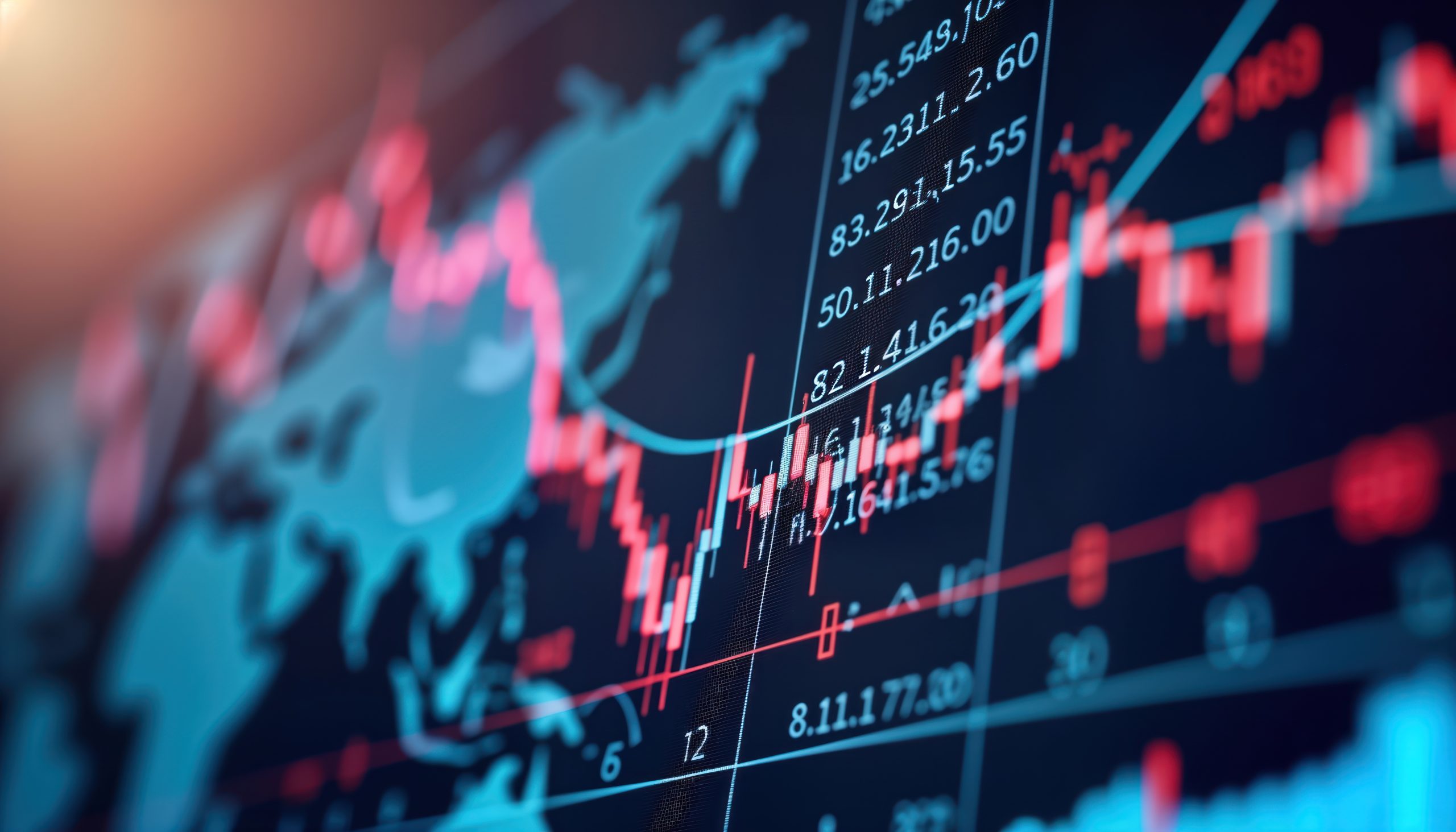Investment diversification is more than just a good idea when it comes to wealth-building and lasting financial security. It’s one of the most important ways to protect your investments and minimize overall risk. But while most investors understand the importance of embracing different asset classes (e.g., stocks, bonds, or real estate), they might never think to consider geographical diversity.
Global investing is actually a very effective way to unlock additional wealth-building opportunities, as well as safeguard your assets from domestic market volatility. Let’s take a closer look at why foreign investments and international funds matter, as well as how you can make them work for you.
The Benefits of International Investments
International investing better prepares your larger portfolio to thrive through multiple changing market cycles and unforeseen domestic volatility. It also helps you minimize your overall exposure to any one economic force. Here’s a breakdown of the unique benefits.
Exposure to global markets
International markets allow investors to access trends, economies, companies, and industries that may be less available (if they exist at all) in their home countries. Unique opportunities can include:
- Gaining access to emerging markets with incredible growth potential (e.g., Brazil, Vietnam, or India)
- Leveraging established global giants or international ETFs in key industries like pharmaceuticals or renewable energy
- Ability to invest in key companies that dominate important global niche sectors
Foreign markets have their own economic cycles that can be quite different from those in the US. Diversifying by including them gives your portfolio a chance to thrive when domestic markets are dragging.
Risk mitigation
Relying on any one economy to carry your entire portfolio is risky, regardless of the strength of the economy in question. International investment diversification helps spread risk across a whole new range of economic, geopolitical, and regulatory ecosystems.
Currency diversification
Holding assets in various global currencies can further present opportunities to boost returns. For example, if the value of the American dollar weakens in the future, other currencies may be stronger, offering potential balance. Many seasoned investors watch markets for favorable currency movements to maximize investment gains.
Types of International Investments
Not sure what types of global investments to consider? Here are a few key options to explore.
Direct stock investments
As an investor, you can use international stock exchanges to purchase foreign company shares. You can also do this through American Depository Receipts (ADRs), options that represent trade on US exchanges and shares of various non-US companies. However, it’s important to keep associated tax rules, currency exchange factors, etc., in mind.
Mutual funds and ETFs
International mutual funds and ETFs offer many investors an easy access point to global investing, making them appropriate for both seasoned traders and those still mastering early career investment basics. Not only are they professionally managed, but they also deliver instant accessibility to multiple companies.
Real estate and alternative investments
Real estate and other alternative investments aren’t just great ways to diversify a domestic portfolio. They’re solid ways to expand into global markets, as well. Options like real estate investment trusts (REITs) and commodity ETFs help protect against inflation and other effects of domestic market downturns.
Consider your long-term investment goals and risk tolerance, or consult with a finance professional to zero in on the right choices for you.
Assessing Risks and Challenges
While international investing is definitely an exciting way to build your portfolio, it also comes attached to unique risks to consider. Let’s dig into some of the most important ones.
Political and economic risks
Naturally, international markets aren’t immune to instability and unexpected shifts. Global investors need to keep track of factors and possibilities like:
- Trade restrictions, tariffs, etc.
- Emerging political unrest or regime changes
- Inflation or changes in central bank policies
As with domestic assets, all of the above issues can impact companies, industries, and market behavior in unique ways.
Currency fluctuations
Remember, currency exchange rates are constantly shifting, so they’ll always have the ability to either boost or erode international investment returns. Some funds may offer investors currency-hedged options to help manage associated risks. Avid international investors also typically make it a point to stay informed about currency rates and factors that may contribute to fluctuations.
Regulatory differences
Every country and region has its own unique regulations, accounting standards, and tax laws to consider. Differences from one nation to the next can naturally complicate the process of assessing risk and individual company performance. However, you can manage some of these challenges by prioritizing ETFs or well-vetted mutual funds.
Future-Proofing Your Investments
If you’re new to investing, international diversification may seem complicated. But it’s not just for seasoned pros and ultra-rich investors with deep pockets. It’s a smart tool anyone can use to fortify long-term financial resilience and grow a portfolio in exciting new ways.
The world and all its nations are full of economic potential for growth, better risk management, and currency exposure beyond domestic borders. Mastering the risks and benefits of international investing can help you take advantage of all of them, and MyStages can help. Contact our seasoned financial experts today and schedule a consultation!



